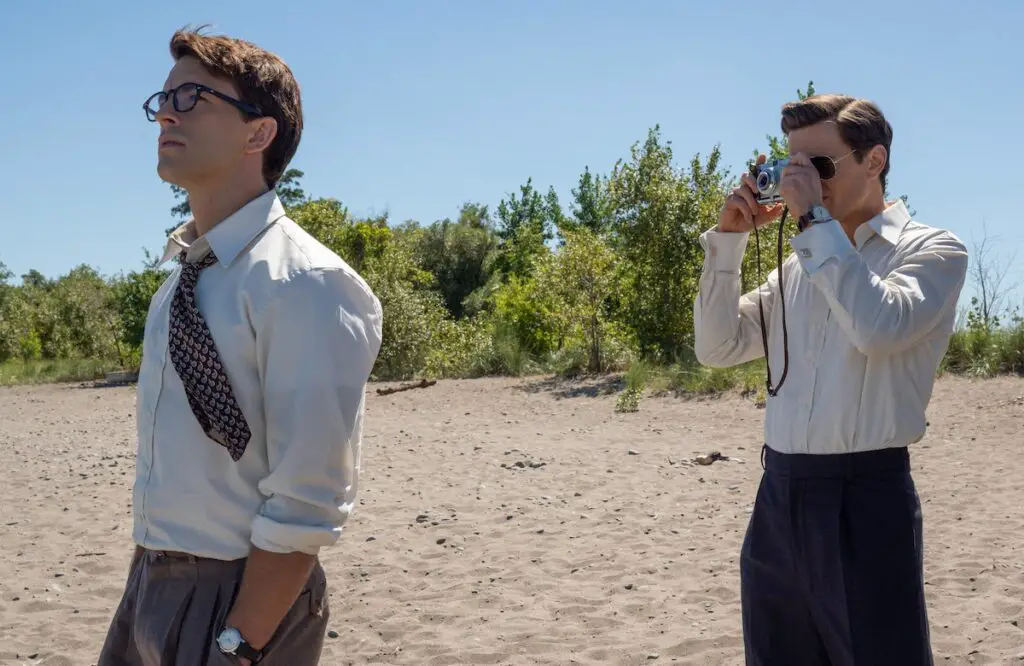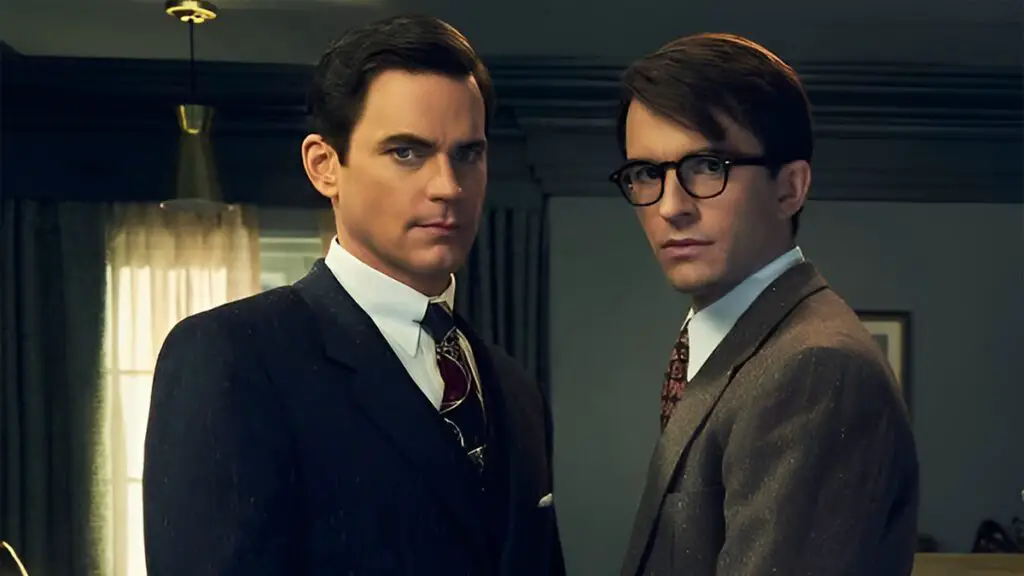“Fellow Travelers,” an American historical romance and political thriller miniseries, has garnered attention not only for its gripping narrative but also for its meticulous costume design that vividly brings to life the fashion of the 1950s through the 1980s. The series, which premiered on Showtime on October 27, 2023, is based on Thomas Mallon’s 2007 novel and follows the decades-long romance of Hawkins Fuller and Timothy Laughlin, set against the backdrop of significant historical events like McCarthyism, the Vietnam War, disco hedonism, and the AIDS crisis.
The brilliance in the show’s costume design is a testament to the skill and dedication of Joseph La Corte, the show’s costume designer. La Corte, known for his work in “Under the Banner of Heaven” and “Fosse/Verdon,” employed his expertise to recreate the evolving fashion trends across four distinct decades. His approach involved sourcing a wide range of period-appropriate clothing, from the military uniforms of the ’50s to the leather fetish-wear popular in the ’70s gay clubs.
A Tapestry of Historical Accuracy and Artistic Flair

One of the key challenges La Corte faced was ensuring historical accuracy while also infusing each character’s wardrobe with a sense of individuality and progression over time. His work in “Fellow Travelers” showcases a deep understanding of the fashion trends and societal shifts that defined each era. This attention to detail was critical in authentically representing the different periods, especially in a series that spans several decades.
The costume design in “Fellow Travelers” significantly contributes to the show’s sense of prestige. Each element, from the cinematography and lighting to the props and costumes, works cohesively to create an immersive viewing experience. The series, lauded for its handling of complex themes like AIDS, oppression, and stigma, benefits greatly from its visual storytelling, with the costume design playing a pivotal role in this regard.
In summary, the costume design of “Fellow Travelers” stands as a sterling example of how clothing can be used not just as a tool for character development, but also as a medium to transport viewers through different eras. Joseph La Corte’s work is a testament to the power of costume design in enhancing the narrative and emotional depth of a television series.


